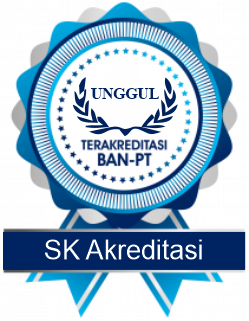WITH IT LEARNING MATH IS EASIER

In general, learning mathematics both at school and at university has changed. Along with the advancement of information technology (IT), learning mathematics has varied, for example students are given reading references on the internet, even teachers in giving assignments to their students have also gone through the internet, and students also submit assignments also via the internet. Thus, learning mathematics will feel easier.
Previously, mathematics learning was still expository (traditional), where teachers and lecturers only explained and gave examples, gave problems, gave homework, and this was done repeatedly. This was said by Dr. Sugiman, Head of the Mathematics Department of FMIPA UNY, when met in his office, Wednesday, 18/1.
“For learning at university, besides prioritizing IT, students are also given independent assignments and presentation assignments. Presentations in front of the class can be done individually or in groups. The goal is to inform what is known. If there are still shortcomings in the presentation, the lecturer can immediately provide corrections,” he said.
It is said that the public interest to enroll in the Mathematics Education Department of FMIPA UNY from year to year remains high, even the highest among other departments in FMIPA UNY. This is partly due to its wide job opportunities. Mathematics teachers are needed in schools ranging from elementary, junior high, to high school levels. For public schools, graduates can teach in junior and senior high schools. Meanwhile, math teachers in elementary schools usually teach in private schools.
Another advantage, besides being able to become a teacher, graduates can also become a lecturer. In fact, many students who have not yet graduated are already working by giving lessons to school children. The large number of alumni and the student recruitment system also play a role in increasing public interest.
“Graduates from the non-educational Mathematics Department can work in banks, the Central Bureau of Statistics, insurance companies, Software Production Houses, consulting and data analysis services, and so on. As for the educational ones, they can become teachers or lecturers,” he continued.
Meanwhile, the coordinator of the Mathematics laboratory, Murdanu, M.Pd., said that UNY Mathematics students have succeeded in creating a lot of Mathematics learning media tools. The tools can help make it easier for teachers to explain to students.
“For example, props for elementary school children with the topic of addition of positive integers with positive numbers. The goal is for students to perform addition operations of positive integers with positive integers. The equipment used are number lines and whole number dolls,” he explained. (wit)
Copyright © 2026,



